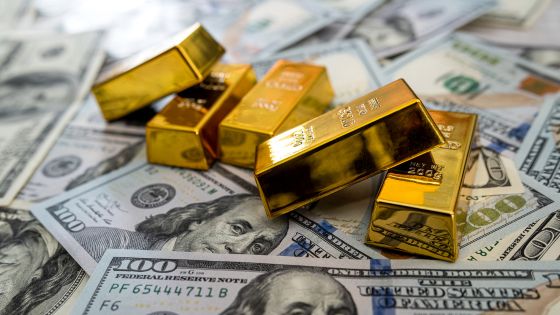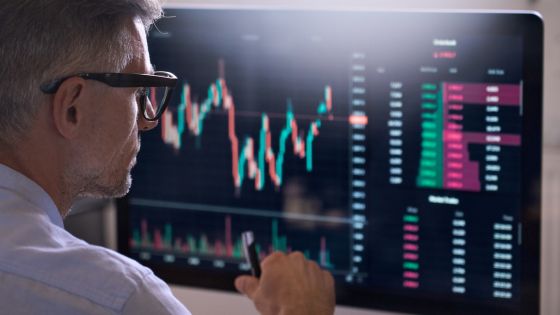The world of precious metals is a fascinating and complex arena where prices fluctuate based on various factors. Professional stackers who accumulate and manage large quantities of precious metals, for instance, gold, silver, and platinum, play a critical role in this dynamic market. Their strategies in determining the prices of these metals are not just about simple supply and demand. Instead, they involve a nuanced understanding of global economics, market psychology, and even geopolitical events. This article delves into the various strategies professional stackers use to determine precious metal prices, shedding light on a global process that influences investment decisions and market movements.
Global Economic Indicators:
Professional stackers closely monitor global economic indicators such as GDP growth rates, inflation, and currency values. These indicators often dictate the strength or weakness of a country’s economy, influencing the demand for precious metals. For example, a weaker currency can make precious metals more expensive, affecting their market price.
Supply and Demand Dynamics:
The basic economic principle of supply and demand is at the heart of precious metal pricing. Professional stackers analyse mining outputs, recycling rates, and industrial usage to assess the availability of metals. Simultaneously, they gauge demand from various sectors such as technology, jewellery, and investment. A deficit in supply or a surge in demand can lead to higher prices, while excess supply or waning demand can drive prices down.
Market Sentiment and Investor Behaviour:
Market sentiment plays a pivotal role in precious metal market prices. Professional stackers study market trends and investor behaviours to understand how sentiments shape the market. They analyse data from various sources, including trade volumes, to gauge whether investors are bullish or bearish on precious metals. This psychological aspect can sometimes override fundamental economic indicators.
Geopolitical Events:
Events around the world, such as political instability, economic sanctions, or geopolitical conflicts, can significantly influence precious metal prices. Professional stackers keep a keen eye on such developments, understanding that they can cause rapid and significant price fluctuations. For instance, investors often turn to precious metals as a safe-haven asset in geopolitical uncertainty.
Central Bank Policies:
Central banks play a significant part in determining precious metal prices, primarily through their monetary policies. Changes in interest costs or quantitative easing measures can affect the currency value, influencing precious metal prices. Professional stackers analyse central bank policies across the globe to predict their impact on precious metal markets.
Historical Price Patterns:
Analysing historical price patterns is another strategy employed by professional stackers. By studying past price trends, they can identify patterns and cycles that may repeat in the future. This historical analysis is often combined with other factors to make more accurate predictions about future price movements.
Technological Innovations and Industrial Demand:
Technological advancements cannot be understated in determining precious metal prices. As new technologies emerge, they can increase or decrease the demand for certain metals. For example, the rise of electric vehicles has boosted demand for metals such as lithium and cobalt. To understand their impact on metal demand and pricing, professional stackers stay abreast of such technological trends.
Conclusion:
In summary, determining the prices of precious metals is a multifaceted procedure that requires a deep understanding of various global factors. Professional stackers employ various strategies, from analysing economic indicators to studying market psychology, to accurately assess and predict precious metal prices. Their expertise not only aids in their stacking endeavours but also provides valuable insights for investors and market analysts worldwide. As the global economic landscape evolves, these strategies remain crucial in navigating the complex and ever-changing world of precious metal investments.


